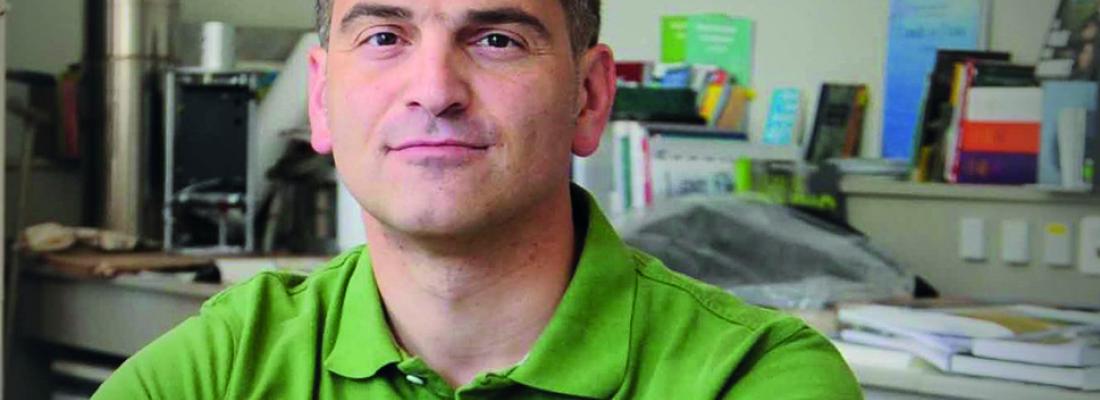Climate change and risks Reading time 2 min
Water resources, global changes: perspectives for hydrology research
Published on 17 August 2020

The 23 unsolved problems of hydrology: is the field still so recent that many discoveries remain to be made?
No, not at all. Hydrology, as a science, dates back to the 19th century. The goal was to spur debate on our scientific priorities by asking the international community of hydrologists to collaboratively identify the 23 most important unsolved problems in the field. A list of problems did indeed emerge from this process, even though there was sometimes disagreement. With regards to the number of problems, well, that's a nod to the German mathematician David Hilbert, who presented a list of the 23 most significant unsolved problems in maths at the International Congress of Mathematicians in Paris in 1900.
Among these 23 problems, are there certain ones that especially interest you?
We are currently relying on our models to predict the consequences of climate change and shifts in land use without being certain that their results can be extrapolated
I will mention two in particular; one is interesting from a practical perspective, the other from a theoretical perspective. The first is building hydrological models with results that can be extrapolated. We are currently relying on our models to predict the consequences of climate change and shifts in land use without being certain that their results can be extrapolated. In my opinion, we must ideally test the extrapolation capacity of models. It is the ultimate form of crash testing, and it is an issue that concerns all types of models, from the simplest to the most complex. It is not easy to design such tests, but it is absolutely necessary. Indeed, we are working very hard on this issue in the research unit that I lead. The second is characterising the macroscopic versus microscopic behaviours of a system, as well as any emergent properties. For example, the behaviour of a large river is not the sum of the behaviours of an equivalent set of small streams. In other words, you cannot simply aggregate the equations used to simulate microscopic phenomena to obtain the behaviour of a river basin, which is operating at a large scale. Personally, I find the theoretical question to be more interesting, and I believe it is crucial to carry out research that explores the large-scale properties of river basins.
How can international collaborations help answer these questions?
International collaborations are an essential part of modern science. Within the European scientific community, it has become common to exchange ideas and work with each other's PhD students. And that's great! As a result, we can also verify our models using river basins characterised by different climatic and geological conditions.
Blöschl, Günter & Bierkens, Marc & Chambel, Antonio & Cudennec, Christophe & Destouni, Georgia & Fiori, Aldo & Kirchner, James & Mcdonnell, Jeffrey & Savenije, Hubert & Sivapalan, Murugesu & Stumpp, Christine & Toth, Elena & Volpi, Elena & Carr, Gemma & Lupton, Claire & Salinas, José & Széles, Borbála & Viglione, Alberto & Aksoy, Hafzullah & Zhang, Yongqiang. (2019). Twenty-three Unsolved Problems in Hydrology (UPH) – a community perspective. Hydrological Sciences Journal. 64. 1141-1158. 10.1080/02626667.2019.1620507.
